Once, the Robert Gordon University students union was known as a thriving centre for club nights, heavy drinking and ill-advised romances.
But more than eight years on from its closure, the sticky floors have been mopped up in order to host a line-up of curious developers keen to own a slice of Aberdeen city centre.
The Schoolhill venue, opposite The Academy and next door to Robert Gordon’s College, has gone on the market for the first time since 2014.
Plans for a boutique hotel on the storied student site fell through after the oil downturn.
But now sellers are hopeful that a revived art gallery, ambitious city centre masterplan and soon-to-be-completed Union Terrace Gardens all in the surrounding area can help capture imaginations again.
On a visit behind the locked doors of the old union we discovered:
- What the building looks like eight years after the last student left
- The evidence of its former life that still remains
- The many different ideas for what could be done with the site
Long wait for development
The former RGU students union is being sold alongside the nearby Clarke Building on Harriett Street, which was once home to the university’s engineering department.
It looked like the future was sunny for both buildings in 2014, when they were snapped up by a luxury hotel chain less than a year after they shut their doors.
The Malmaison/Hotel du Vin Group struck a deal with the university in December of that year and announced eye-catching plans for 255-bed boutique accommodation.
But the mid-2010s collapse in the oil price hit Aberdeen hard, and the idea disappeared.
The space hosted a pop-up design shop as part of the Gray’s School of Art Look Again festival in April 2015, but has been hidden behind muralled black boarding since then.
Inside the students union
When we visited the ex-union, guided by local CBRE director Derren McRae, it was almost spotless despite the years it has spent unused.
That is thanks to maintenance manager Michal Beres, who comes in weekly to make sure the place is presentable for the visitors who are coming in with increasing frequency.
He was the man whose torch lit our way as we looked around the downstairs reception, which was completely dark due to the boarded-up windows.
Maps and names of designers from the 2015 festival could still be found on the walls, trapping the space in a time when work on the art gallery and Marischal Square had barely begun.
We cautiously made our way up the stairs to the area that is perhaps most fondly remembered by RGU alumni: the bar.
The past and future
Grease from long-finished meals was still clinging stubbornly to the grill in the kitchen, and a drinks price list captured the cost of booze from almost a decade ago.
A Jagerbomb would set a student back £1.50 at off-peak times when you could also pick up a Skittlebomb with triple sec and Emerge energy drink for just £1.
The space was empty of the tables, chairs and atmosphere that once filled it.
Michal said he had his own vision for the RGU students union, which he can picture every time he brings in a new potential buyer.
Each floor would be a single large apartment, accessed by the lift which would drop you off outside your front door “like in New York”.
All the fittings and connections needed for a kitchen are already there, of course, and there is plenty of storage space, he said.
He thought the lecture theatres in the Clarke Building could even be turned into cinema rooms for residents.
What would you like to see happen to the old student union? Let us know in our comments section below
No shortage of ideas
A new focus on residential properties in the city centre has been described as one of the “central planks” in the Aberdeen masterplan.
Because the city is unlikely to ever draw in as many tourists as other places in Europe, the thinking goes, businesses in the centre would benefit from more locals in the immediate area.
A residential conversion is the top option for the almost 90,000 sq ft of space in the old RGU students union and Clarke Building, according to a brochure advertising the sale.
CBRE estimates that there is room for around 85 flats across both buildings.
Derren, the estate agency’s director, said: “It certainly helps the city, the more people who are living in the centre.”
But he believes there are no real limits to what could be done on the site.
He said: “Residential’s a potential, certainly for the upper floor space – could be the private sector, could be students, could be affordable housing potentially.
“This building lends itself to offices as well, perhaps leisure or retail working up from the ground floor as well.
“The options are endless, I guess.”

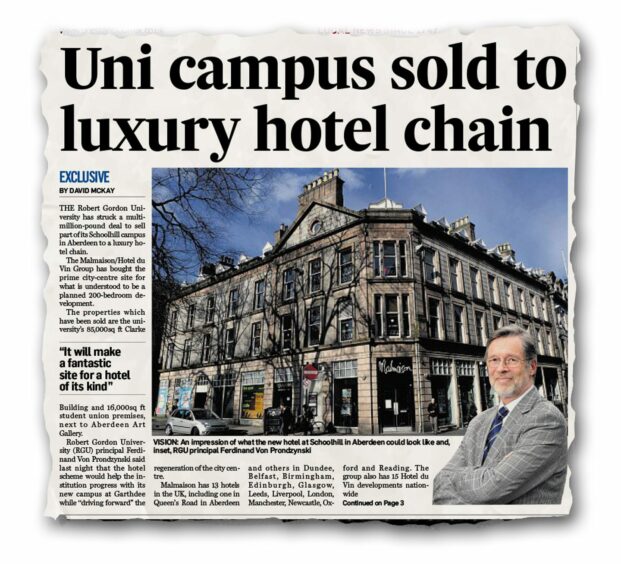

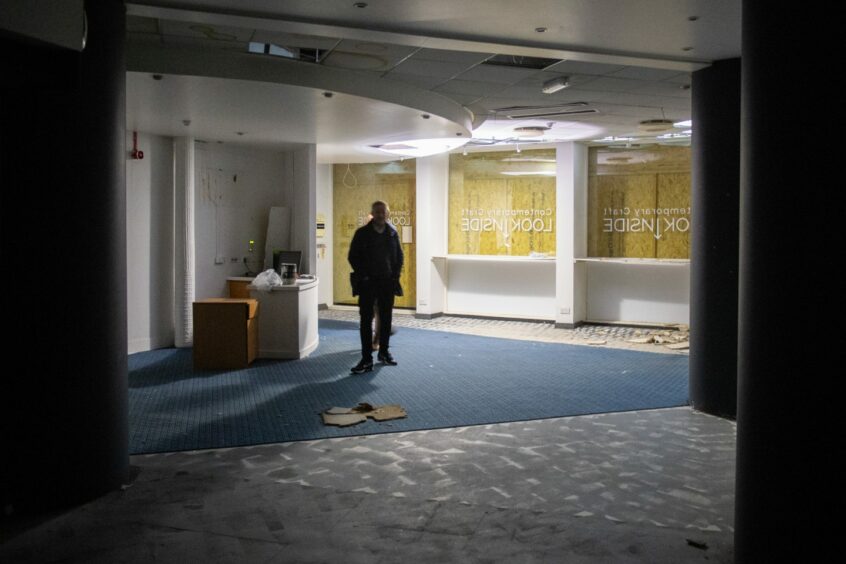

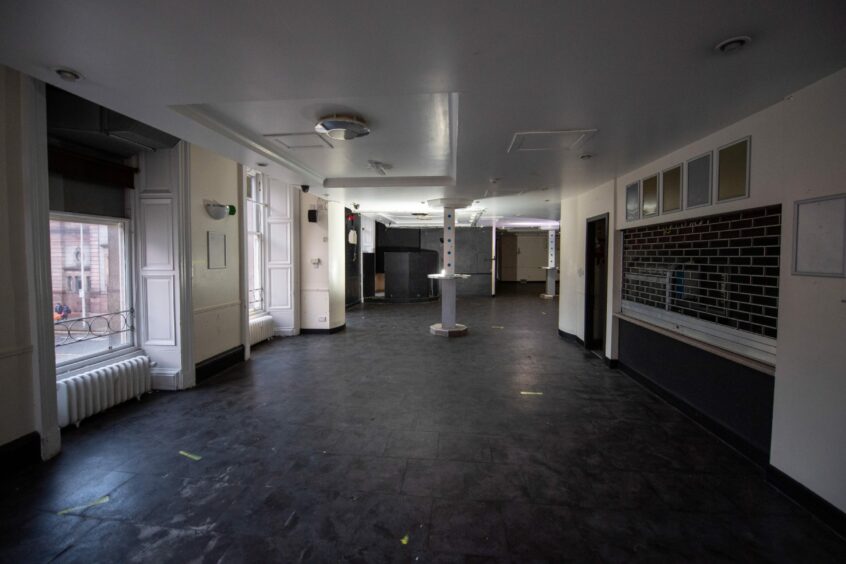
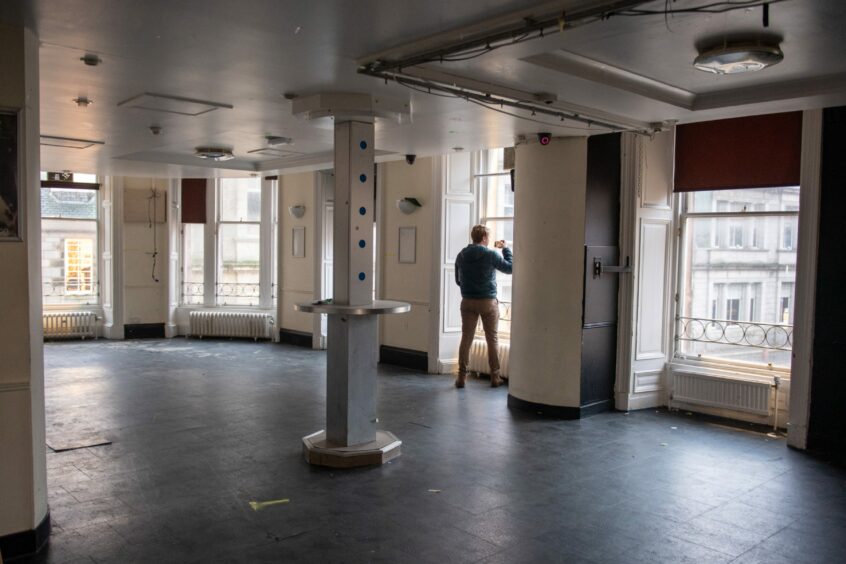
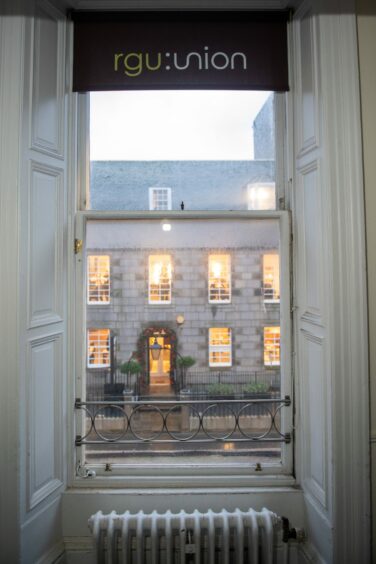
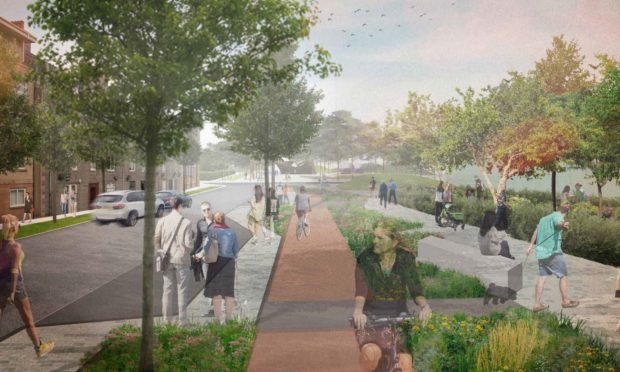
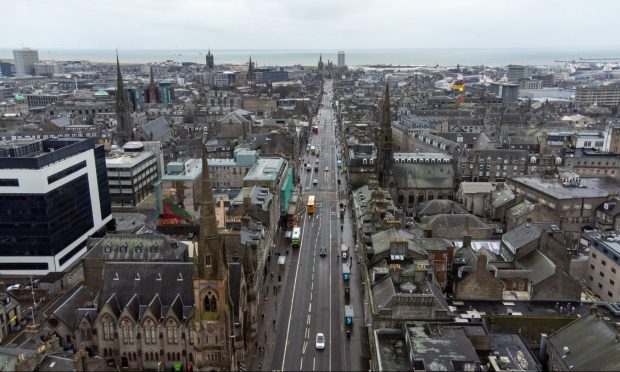
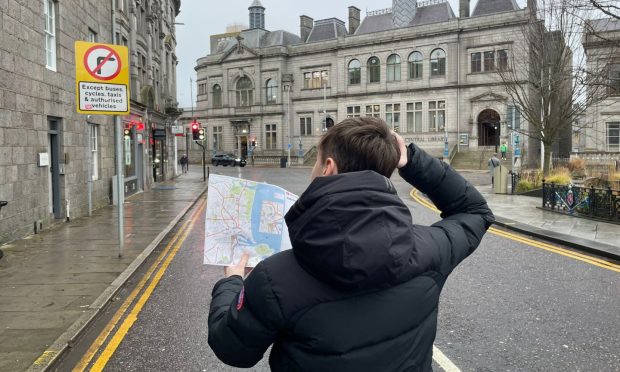
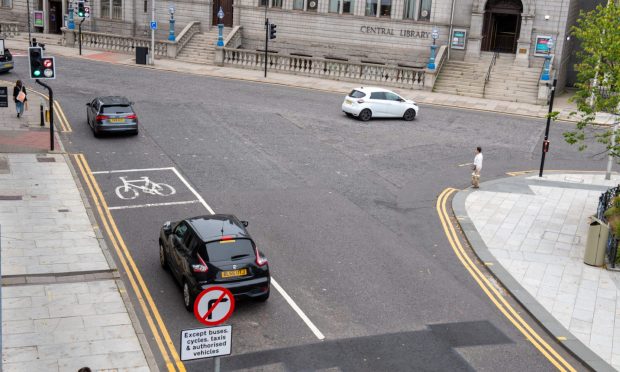
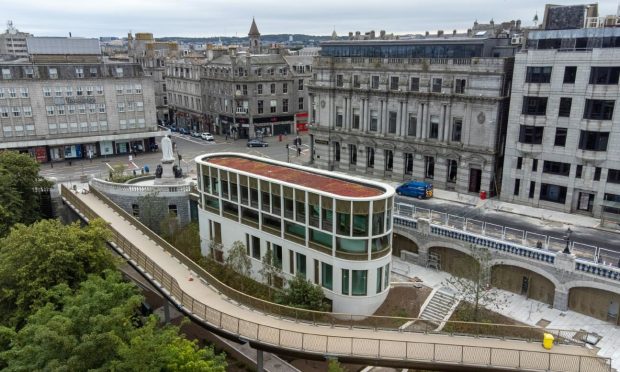
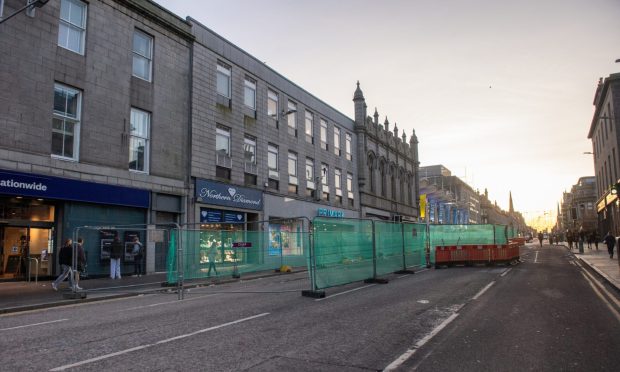
Conversation